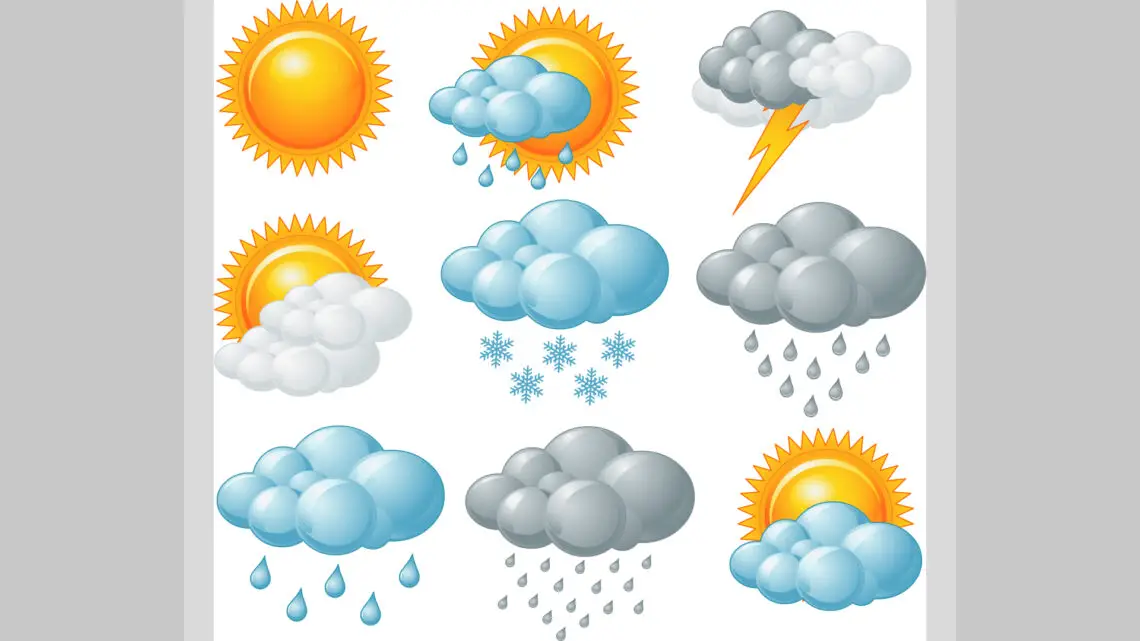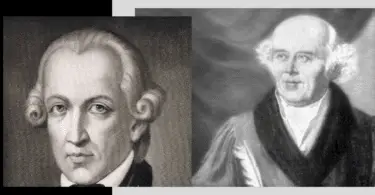Here’s the debate in a nutshell:
Pro: When the etiology (the cause) is very clear, that’s of more value to us in finding a remedy than the totality of symptoms. — Moi
Con: This is probably the most blatant disregard for the principle foundation of Homoeopathy I have ever heard from a Homoeopath. NOTHING is more important in the selection of a remedy than the totality of symptoms, even etiology, which is at best, only a deciding factor. — A person
_______________________________________________________
So who is right?
Regarding the importance of etiology, let me use an example which I think you will appreciate: A patient has suicidal depression. You spend two hours taking his case. You make note of his desires and aversions, the modalities, the concomitants, the aggravation time, etc. The most important question was never asked, “When did this depression start and what was going on in your life at that time?”
Finally at the end, the patient blurts out, “It all started the day after the head injury.” The what????? You throw your notes up in the air and prescribe ….?
Nat-sulph, of course! (Mind: suicidal, head, injury, after – Nat-s)
THERE MAY BE NO OTHER SYMPTOMS OF NAT-SULPH IN THE CASE! No aggravation from damp weather. No early morning aggravation. No green discharges, and yet the remedy is Nat-sulph., as it’s the only remedy listed for this etiology and the etiology is expressed unambiguously.
To quote Dr. Luc De Schepper in his Case Taking chapter in Hahnemann Revisited:
“The Never-Well-Since [another way of saying “etiology”] is the object of our detective work.“
He gives an example of how a given case ought to be plotted out:
“Julia, a 35 year old divorced woman, presents with a chief complaint of recurring yeast infections. She has had them since she was 33 and was given several rounds of antibiotics for the flu. Current layer: NWS antibiotics. Remedy: Thuja.
[Please note that the remedies given are for purposes of illustration only, as each layer has more than one possible remedy; the point being that a layer is precipitated by a ‘Never-Well-Since’ event (NWS)]
In addition, she has had headaches, backaches, memory loss and unexplained crying fits since she was in a serious car accident at the age of 31. Previous layer: NWS head/spine trauma. Remedy: Nat-sulph.
She has also had recurring urinary tract infections. She traces them to a failed marriage; she says she got married too early, and to the wrong person. He turned out to be abusive to her, mostly verbally (putting her down a lot) but also occasionally physically slapping her and forcing sex on her. She developed UTI’s about this time and has had them on and off ever since. Layer: NWS humiliation/abuse. Remedy: Staphysagria.
Actually, she says, she used to get them a lot when she was a little girl. This man she married kind of reminds her of her baby sitter’s boyfriend who used to come over with the sitter and ‘fool around with her’. She has no memories, just a creepy feeling when she thinks of him. Since UTI’s are such a typical expression of Staphysagria (one of the top abuse remedies, covering sexual abuse in particular) you suspect that she was in fact sexually abused as a little girl. Layer: Possible sexual abuse. Remedy: Staphysagria.
She got married at a time she was very depressed and was even thinking about taking her own life. Her mother died when she was 17, leaving her with no relatives and no money for college which had been a life-long dream of hers. Layer: Loss of everything important. Remedy: Aurum.
She was anorexic as a teenager. She describes herself as very lonely, withdrawn, perfectionistic, self-critical. She was like this ever since she was born (her mother thinks that it’s because Julia’s father left when her mother was pregnant with her). Her emotional withdrawal became much more severe when she was a teenager because she moved when she was 12, leaving behind her only friend and she was not able to bring her dog to the new home. Thus there are two grief layers, one prenatal, one at 12. Remedy: Nat-m.” (Hahnemann Revisited, p. 146)
_____________________
Remember, healing takes place in reverse order–Hering’s Law of Cure. Therefore, when taking a case you need a timeline, you need to work your way backwards as shown above. As you can see, your most important questions in an interview are: “How old were you when that happened” and “What was going on in your life at or around that time?”
When you can’t uncover an etiology, and all you have are symptoms out of context, your chances of success in a case declines.
Why is that?
For one thing, you will see many remedy indications in a case and you won’t know which one to start with! Or, you’ll be under the impression that there’s supposed to be a single remedy that covers THE WHOLE THING, and you’ll think, “Hmm…many remedy images in this case, must be Carcinosin” (a remedy known for that) and you’ll give Carcinosin instead of starting the case with Thuja to clear the most recent NWS.
Also, there are often symptoms in the case which are only there because they’re ALWAYS there every time something bad happens! In other words, a stress comes in, a grief let’s say, and, using myself as an example, it causes sciatica because that’s my weak spot; even a common virus will make my sciatica act up!
So, let’s say the ever-popular Joe Schmo goes to a homeopath and says, “I have left sided sciatica which is better for heat.” He gets Rhus tox and it doesn’t work! Everyone is shocked! It has to be Rhus tox! But the problem is, the homeopath didn’t ask the all-important, “When did it all start and what was going on in your life at that time?” If he had, he may have heard something like…. “Well, doctor, it all started after my father died. He left all his money to my brother, and it’s not fair! I was the one who took care of him!”
So, the rubric, instead of “Left-sided Sciatica, better heat” is actually, “Ailments from grief, (with) complaining”! (“Ailments From”, is another way of expressing etiology.)
There are only two remedies listed for that — Causticum and Ignatia. Causticum is more concerned with justice than Ignatia. Both are in the Sciatica rubric as 2’s. The remedy, you see, was found by knowing the etiology; it was Causticum!
Now, to sum up, what do you ask in case-taking?
1. How old were you when that started, how many years ago was that?
2. What was happening at that time?
Etiology over-rules symptomatology!
____________________________________






Great Writing piece !